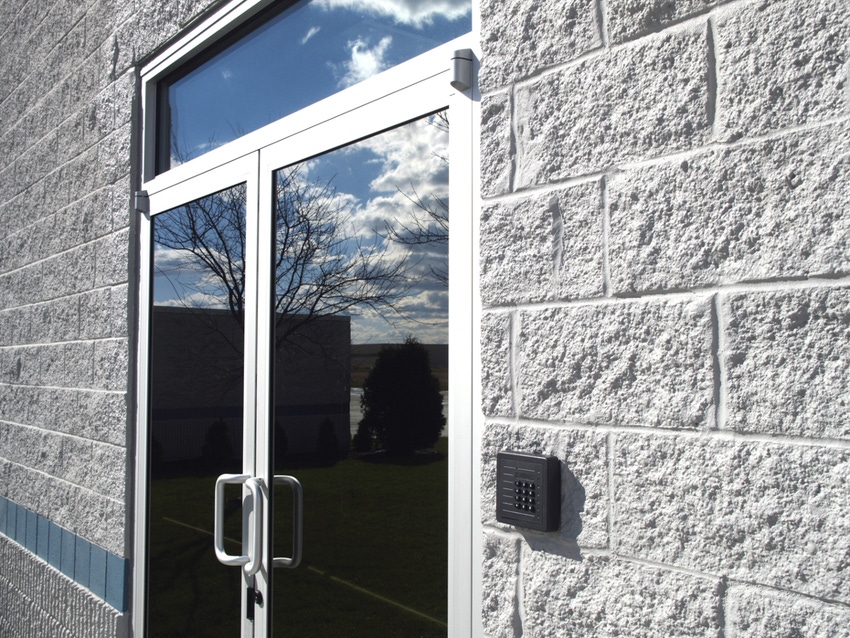October 21, 2016

Robotics and automation may be synonymous with the global manufacturing operations of large multinationals, but these technologies are not just relegated to large companies. Small- and medium-sized manufacturers are getting in on the action, leveraging robotics and automation solutions to speed packaging production and foster growth.
The Trends in Robotics Market Assessment, released in 2014 by PMMI, The Association for Packaging and Processing Technologies, notes that 75% of end users used robotics at some point on their manufacturing lines by 2014, compared with only 20% in 2008.
Now, another two years later, industry professionals continue to see this momentum across the spectrum. But what exactly does it mean for small- to medium-sized businesses (SMBs)?
For many of these SMB companies, robotics and packaging automation technologies can enable compliance with food safety regulations and enhance efficiency. Plus, these technologies are becoming even more accessible, and the resulting cost savings allow SMBs to invest in growing staff for support on more complex tasks.
1. Compliance with food safety: With the final provisions of the Food and Drug Administration’s Food Safety Modernization Act (FSMA) finally articulated, deadlines are set for compliance with Current Good Manufacturing Practice and Hazard Analysis and Risk-based Preventative Controls for Human Food.
The provision, published in September 2015, mandates that applicable companies establish and implement a food safety system that includes an analysis of hazards and risk-based preventative controls with written food safety plan. While large manufacturers were deemed to comply in September 2016, small businesses with fewer than 500 full-time equivalent employees will have two years. Very small businesses (those averaging less than $1 million per year in both annual sales plus the market value of human food processed and packed, but held without sale) will have up to three years from the publication date to comply.
Robotics and automation provide many safeguards against contamination, whether it be the reduction of opportunities for human error or the advantage provided by advanced visual and sensor inspection systems. For small- to medium-sized manufacturers, the investment in these technologies is a worthwhile endeavor when the alternative could be a financially devastating product recall.
2. Greater efficiency: The move toward measuring overall equipment effectiveness (OEE) has also driven demand for robotics. Robots that can handle multiple tasks and can adjust to variations on the manufacturing line, like packaging sizes, provide a valuable solution for SMBs not just in the area of production speed, but also in the field of flexibility, which is a critical attribute to meet diversifying consumer demands.
Additionally, the Internet of Things (IoT) is another capability of automated technologies that can benefit SMBs by tracking operations in real time to identify and facilitate the correction of issues on the line. Ultimately, these advanced solutions can give smaller-sized manufacturers a competitive edge that levels the playing field.
3. Increased accessibility: Investments in automated packaging equipment and robotics can still be significant, but the costs to implement these solutions has begun to decline. According to a 2013 study by Stanford University, the cost of industrial robots may continue to drop by more than 20% over the next decade. Combined with the opportunity many of these solutions offer for strong return on investment (ROI) and cost savings gained through operational efficiency, robotics and automation may provide a strong incentive to SMBs.
4. Stronger community: While it was once thought that the use of robotics and automation on manufacturing and packaging lines could devastate SMBs, new technology has allowed these small companies to run more efficient lines and expand their business, including increasing their employment.
In an article by The Washington Post, the Baltimore-based wire and steel manufacturer, Marlin Steel, “increased its staff from 18 to 34 people in the past seven years because it began using robots.” These additions include administrators, sales and marketing positions and engineers. With the additions of robots on the line, SMBs are becoming stronger than ever.
As automation continues to take over manufacturing and packaging lines, SMBs are becoming major players as the use of robotics is increasing their efficiency and leveling the competitive playing field.
Fred Hayes is director of technical services at PMMI, The Assn. for Packaging and Processing Technologies and owner of the Pack Expo portfolio of trade shows. Hayes is an accomplished engineer and businessman who has built an international reputation as a passionate, high-profile participant in the standards community. See the latest in robotics and automation for packaging operations at Pack Expo Int’l 2016 (Nov. 6-9; McCormick Place, Chicago).
Photo credit: phil landowski at Freepik.com
About the Author(s)
You May Also Like


